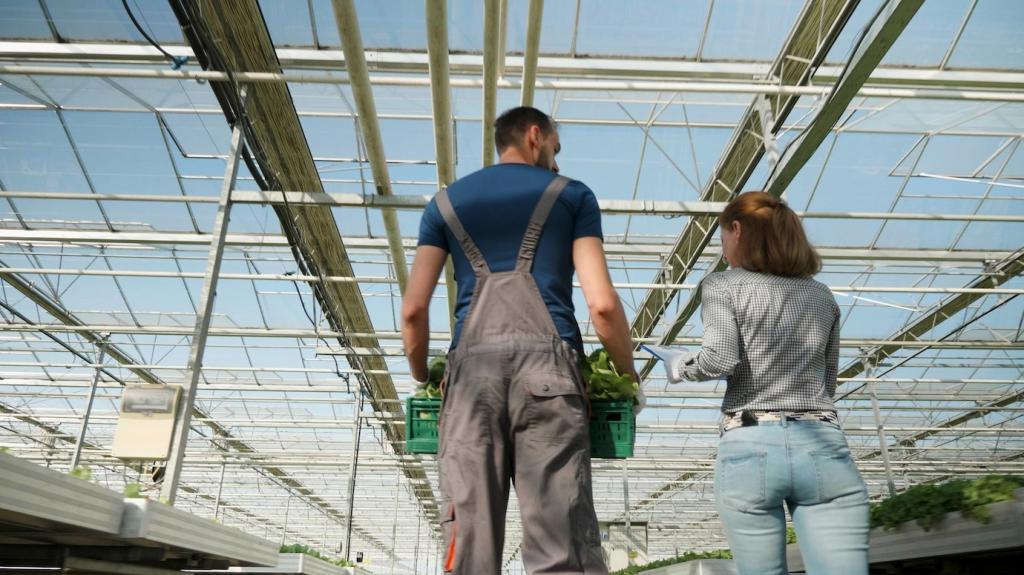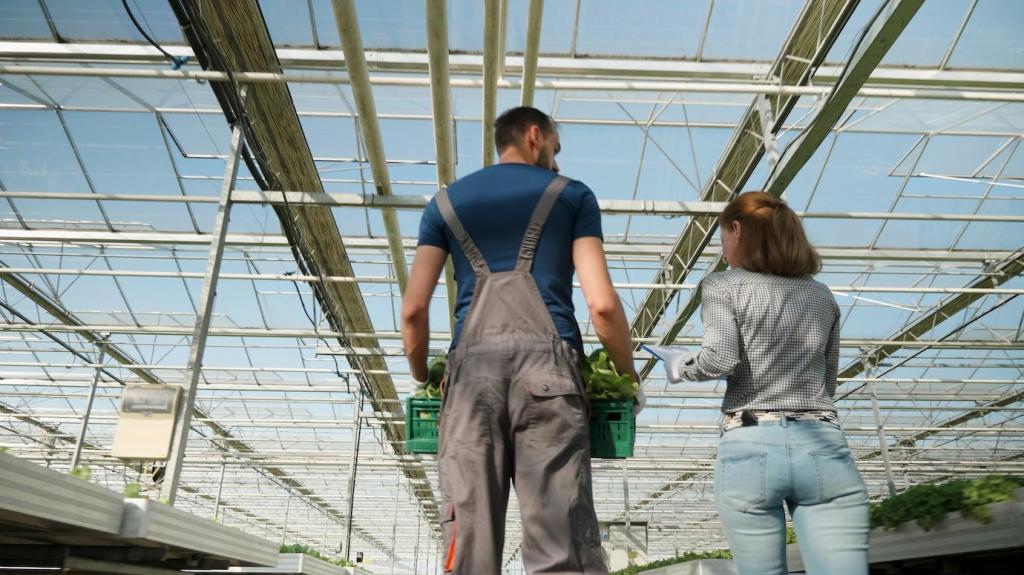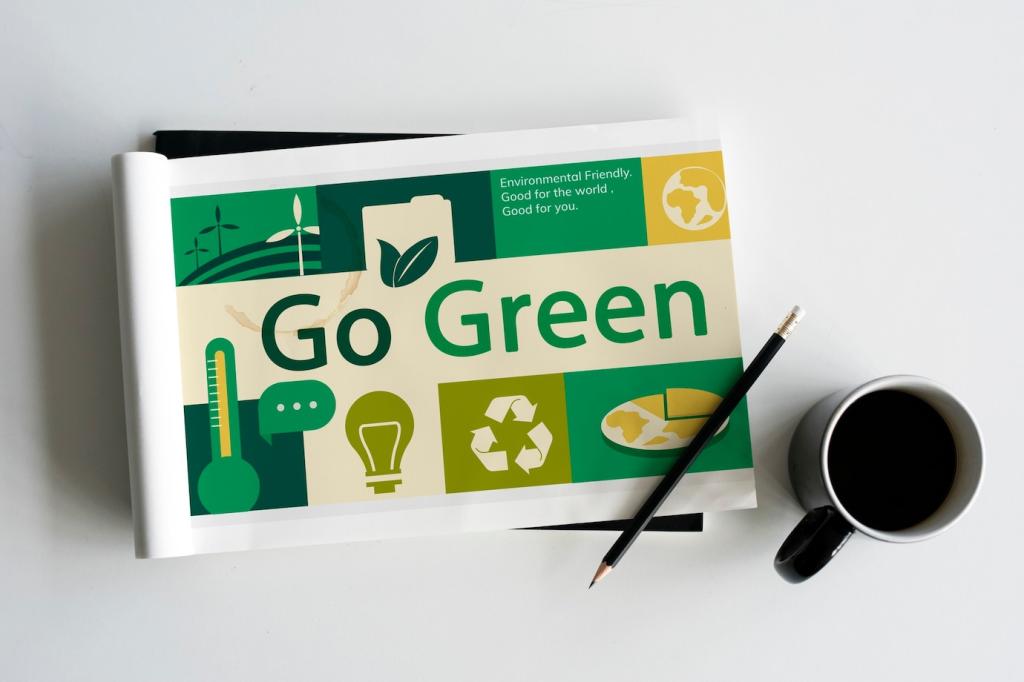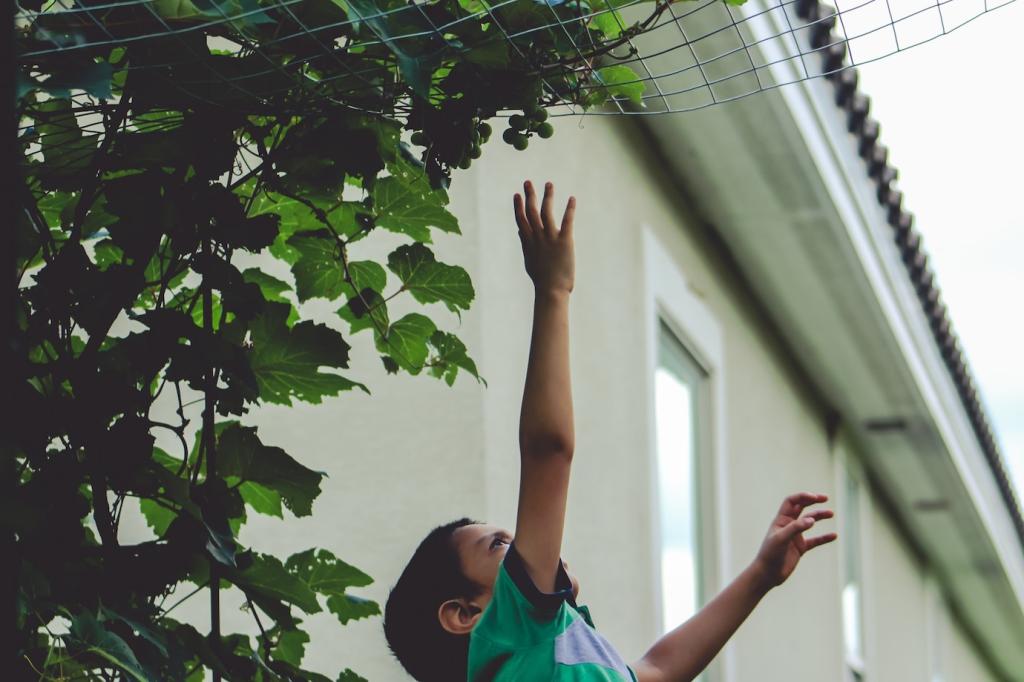
Shine Sustainably: Biodegradable Furniture Care Products
Chosen theme: Biodegradable Furniture Care Products. Welcome to a home that gleams without guilt—where plant-powered cleaners, low-impact polishes, and smart routines protect your furniture and the planet. Dive in, ask questions, and subscribe for fresh, hands-on guidance that evolves with your eco-conscious life.
Why Biodegradable Furniture Care Matters
Biodegradable furniture care products often minimize harsh solvents and VOCs, supporting healthier indoor air. That means fewer headaches, gentler routines for allergy-prone families, and a calmer home atmosphere. Share your indoor air wins or struggles, and subscribe for weekly low-VOC cleaning ideas.

Plant-Based Surfactants that Work Hard
Look for alkyl polyglucosides, decyl glucoside, or coco-glucoside to lift everyday grime without a harsh footprint. Paired with water and mild builders like sodium citrate, they clean effectively and rinse readily. Have a favorite formula? Share it below and help others choose wisely.
Nourishing Waxes and Oils for Long-Lasting Sheen
Carnauba wax, candelilla wax, and plant oils like linseed or tung can condition wood and add natural gloss. These ingredients support biodegradability while respecting finishes. Curious about compatibility with lacquered pieces? Drop your questions, and subscribe for expert-tested wood-care routines.
Gentle Solvents and Authentic Scents
Citrus-derived d-limonene and ethanol can lift residues, while essential oils provide light fragrance when used judiciously. Seek clearly disclosed concentrations and allergen transparency. Tell us your scent preferences—fragrance-free, citrus, or herbal—and follow for sensitive-skin product roundups.
How to Verify Biodegradability Claims

Standards and Certifications 101
Look for references to OECD 301 or ISO 14851/14852 tests for ready biodegradability of ingredients or formulas. Third-party programs like ECOCERT or USDA Biobased can add confidence. Seen a new label? Ask in the comments, and we’ll investigate together in an upcoming post.

Reading Ingredient Lists with Confidence
Prefer full disclosure: clear surfactant names, waxes, solvents, and preservatives with plain-language descriptors. Vague terms like “proprietary cleaner” deserve caution. Share screenshots of puzzling labels, and subscribe for our monthly breakdowns decoding complex formulations into everyday English.

Red Flags and Real Talk on Greenwashing
Beware of claims like “biodegradable” without context, timeframes, or test references. Overly perfumed products or intense colors can signal unnecessary additives. Comment with examples you’ve spotted, and we’ll crowd-source a community checklist to keep brands accountable.


Practical Routines by Material
Dust with a microfiber cloth, then use a plant-based cleaner diluted per label. Finish monthly with a light carnauba wax or linseed oil-based conditioner, depending on finish. Patch test every step. Share your wood species and finish type for personalized tips in the comments.
Practical Routines by Material
Vacuum thoroughly, then spot-treat stains using mild, biodegradable surfactants in cool water. Blot, never rub, and avoid overwetting cushions. Air-dry with fans to discourage odors. Have a stubborn spill story? Post it below, and subscribe for material-specific stain guides.
DIY Biodegradable Recipes, Tested and Tactful
Combine warm water, a few drops of castile soap, and a splash of white vinegar for sealed wood; skip vinegar for waxed finishes. Lightly mist and wipe immediately. Comment with your finish type, and we’ll help tune dilution for shine without streaks.


DIY Biodegradable Recipes, Tested and Tactful
Melt a small ratio of carnauba with a plant oil, cool, and buff lightly on sealed wood. The thin layer enhances luster while staying biodegradable. Curious about oil-to-wax proportions? Ask below, and subscribe for our seasonal polish calibration chart.
Low-Waste Packaging and Storage
Refill First, Recycle Second
Choose brands offering bulk jugs or local refill stations, reusing sturdy spray bottles to cut plastic. Track refill dates on a label for safety. Tell us your nearest refill spot, and subscribe for our interactive map of community refill locations.
Compostable vs. Recyclable Packaging
Biodegradable formulas often arrive in HDPE or PET, which recycle widely; some use compostable films that need industrial facilities. Avoid mixed materials that frustrate sorting. Post packaging photos, and we’ll help determine best end-of-life paths for your empties.
Storage for Performance and Safety
Keep biodegradable cleaners in a cool, dry cabinet away from direct sun to protect plant-based ingredients. Note expiration dates and shake gently if phases separate. Share your storage setup, and we’ll feature smart, space-saving cabinets from readers in a future spotlight.
